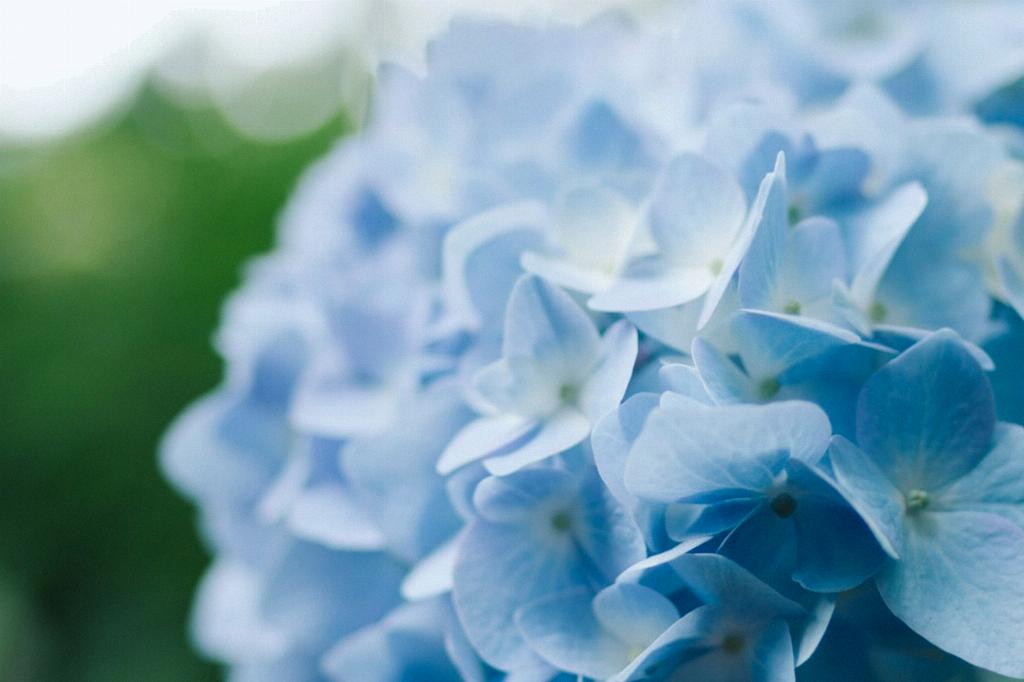So you want to know how to get blue hydrangeas? Well, the good news is that it’s totally possible to turn those pink blooms into a beautiful shade of blue. One of the most common methods for achieving this transformation is by adjusting the pH level of the soil around your hydrangea plants.
Understanding the Science Behind It
Hydrangea color is directly affected by the pH level of the soil in which they are planted. When the soil is more acidic, the flowers tend to turn blue. On the other hand, if the soil is more alkaline, the blooms will likely be pink or even shades of purple.
Choosing the Right Method
To get those coveted blue hydrangeas, one effective method is to add aluminum sulfate to the soil. This compound helps lower the pH level of the soil, making it more acidic and thereby encouraging the flowers to turn blue. It’s important to note that this method may take some time to show results, so patience is key.
When and How to Apply Aluminum Sulfate
It’s best to apply aluminum sulfate to the soil in the early spring or fall for the best results. You can mix the compound with water and pour it around the base of the plant, making sure to follow the recommended dosage instructions on the product packaging.
Monitoring the Soil pH
To ensure that the pH level of the soil remains at an ideal range for blue hydrangeas, it’s a good idea to periodically test the soil using a pH testing kit. This will help you make any necessary adjustments to maintain the desired acidity level.
Other Factors to Consider
While adjusting the soil pH is a key factor in getting blue hydrangeas, other elements such as sunlight exposure, watering, and proper pruning also play a role in the overall health and color of your hydrangea plants. Make sure to provide the necessary care to support their growth.
Importance of Soil Preparation
Before making any changes to the soil pH, it’s essential to prepare the soil adequately for optimal plant growth. This includes ensuring proper drainage, adding organic matter, and addressing any nutrient deficiencies that may affect the overall health of your hydrangeas.
Benefits of Blue Hydrangeas
Blue hydrangeas are often prized for their striking color and versatility in garden designs. Whether used as standalone plants or as part of a floral arrangement, their vibrant blue blooms can add a pop of color and beauty to any outdoor space.
Experimenting with Different Varieties
While most hydrangea varieties can be manipulated to produce blue flowers, some may naturally lean towards a blue hue based on their genetic makeup. Consider exploring different hydrangea cultivars to find the ones that best suit your gardening preferences and desired color palette.
Final Thoughts on Getting Blue Hydrangeas
Overall, achieving blue hydrangeas is a rewarding process that involves a combination of soil adjustments, proper care, and a touch of patience. By following the right methods and maintaining a suitable environment for your plants, you can enjoy the beauty of those stunning blue blooms in your garden.
Concluding Remarks
In conclusion, turning your hydrangea flowers blue is a feasible task with the right approach and knowledge. Take the time to understand the science behind changing hydrangea colors, choose the appropriate method for your plants, and enjoy watching your garden transform with those gorgeous blue blossoms.

